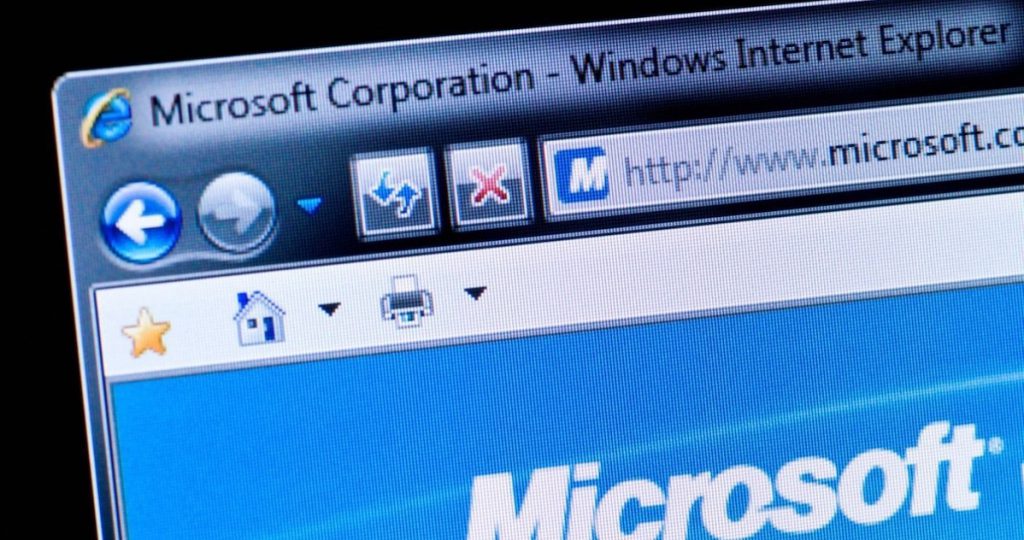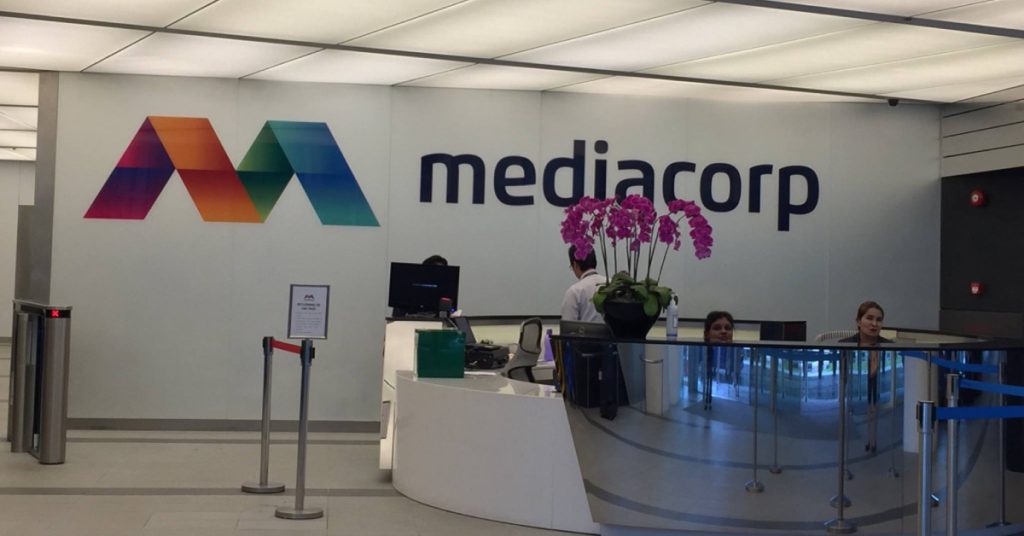While fiber optic internet is undoubtedly the fastest kind of internet that you can get, there is not only one set speed. But, if the speed that you are expecting to get is still nowhere close to happening, there might be something else going on. There can be a few different reasons why your internet is not as fast as it should be, including the router that you are using, your computer settings, and even the applications that you are using online. Here are some things that you should look into when it comes to increasing your speed.
- Your Router: One of the quickest solutions to slow fiber speed is to look at your router. Are you using the best router for Verizon FiOS or are you using something else. While most routers will work with fiber internet, there are still some that are better than others. Make sure that the one that you have is the best one for your network’s needs. You really want to have a WiFi 6 router with fiber anyway to make sure that you are able to get the best speeds possible out of it.
- Reboot: Sometimes a simple reboot is enough to get your internet up and moving again. If you are experiencing a slowdown, allowing your router to be turned off and on again can help clear away any clutter that might be dragging it down.
- Speed Optimizer: Another great helper when investigating way your internet might not be as fast as you would like it to be is to use Verizon Speed Optimizer tool. You can use this on every computer that is connected to your network and it is available on the Verizon FiOS website. It can help you work out why your device might not be as efficient as it could be.
- Run antivirus software: Malware is very sneaky these days and it is only getting worse. Cybercrime is a huge problem and the more sophisticated our anti-virus software gets, the more intelligent malware gets. For that reason, you always need to be up-to-date on your antivirus software. You should be running the software regularly to look out for anything that might be slowing your internet down. Sometimes there are insidious programs running in the background on computers and other devices. Your software can look for and identify these background programs and put an end to them.
- Talk to Verizon: Sometimes the most obvious solution is the correct one. It might be a good idea to just go back to the source. Ask Verizon why your internet is not as fast as it should be. Definitely run a speed test first so that you can compare the actual speeds that you are getting to the ones that you are paying for. Find out whether Verizon has any explanation about the slowdown and what you can do to ensure that you are getting the best internet speeds possible. It might be that you just need to bump up your fiber plan to the next speed tier. It will cost more, but you will also get a lot more speed options out of it.
Things That Might Be Slowing You Down
There are a few other things that you might want to look into to make sure that your internet is not being slowed down. These include:
- Having your router in a good spot. Routers really need to be centrally located in order for you to get the best speeds possible out of it. They also should be on a main level rather than stowed away in a basement. When your router has more space around it, it will be able to travel without heading through obstructions.
- Keep it out of the kitchen. The kitchen is a common location that is used for keeping routers and modems. This is not a good spot, however. Remember that wireless internet uses radio frequencies to transmit the information. Microwaves also run on radio waves, as do radios themselves. Keeping your router out of the kitchen can help ensure that the microwave does not mess with your signal. The fridge can also act as a big obstruction for signals to have to travel through. Granite counter tops will also interfere with the radio signal. Overall, just keep it out of the kitchen.
- Using the wrong bands. Your router should either be a dual-band or a tri-band router. A dual-band router has a 5 GHz and a 2.4 GHz band, while a tri-band normally has a second 5 GHz band. The devices in your network that are just browsing the internet should be on the 2.4 GHz band. Devices that are streaming heavily really need to be on the 5 GHz band. The 5 GHz band is a lot shorter of a wave than the 2.4 GHz and you are less likely to wind up with traffic on it. You should be able to set band preferences within the router’s settings or on your devices themselves, indicating which band would be the best option for each connected device.
- Hidden bandwidth drains. It is also common to have to deal with hidden bandwidth drains. These are subtle things in the background that are draining your WiFi. Look in your router’s history to see what is connected to your network. Are there any unwanted guests? Have you locked your network down well enough to keep leeches away? Or could there be devices in the background that you completely forgot were there? Regardless, see what you can get rid of to speed your internet up.
Remember that you should be getting the speeds that you are paying for with your Verizon FiOS speed package. If there is any concern that you are not getting what you should be, you need to take it up with Verizon and put it on them to figure out. You should get the internet speeds that you are paying for.













